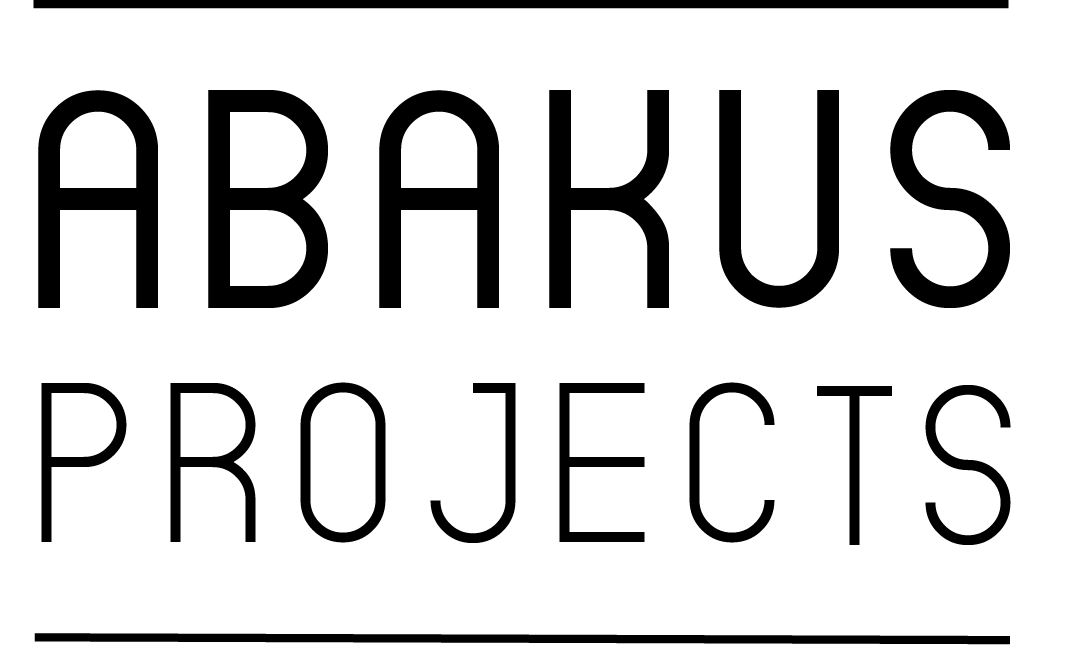Saturday, August 17 - Sunday, September 29
Opening reception: Friday, September 6, 6pm - 8:30pm
Florence Henri: 1928 -1933
Installation view
Florence Henri: 1928 - 1933 is an exhibition that brings together a selection of work from the multidisciplinary artist’s portfolio, “12 Fotografien,” published in 1974 by Galerie Wilde in Köln, Germany.
Born in 1893 in New York, Florence Henri immigrated to Europe at the age of two, living amongst family members in numerous locales including London, Vienna, Paris, Munich, and eventually Rome, where she lived with her aunt and was exposed to the avant-garde by her uncle, the Italian Futurist, Gino Gori. By the age of eighteen she became a skilled pianist under the guidance of composer Ferruccio Busoni. Around 1912, Henri relocated to Berlin to continue her music studies and after the outbreak of WWI found herself trapped in Germany where she began composing music for silent films.
In 1914 she enrolled at the Academy of Art in Berlin beginning her career as a painter, studying under Johannes Walter-Kurau, and continuing her studies at the Académie Moderne in Paris. In 1927 Henri returned to Germany to enroll at the Bauhaus in Dessau, where she studied painting with Paul Klee and Wassily Kandinsky, and was introduced to photography by Bauhaus professor, László Moholy-Nagy. By 1928, Henri, encouraged by Moholy-Nagy’s wife, photographer Lucia Nagy, abandoned painting and turned to photography, creating abstract constructivist photographs that became associated with the “Neues Sehen” (New Vision) movement lead by Moholy-Nagy and Alexander Rodchenko, among others.
In 1929 Henri returned to Paris to open her own photography studio where she earned a living doing freelance commercial work and teaching photography. Among her students were photographers Lisette Model and Gisele Freund, both of whom would become renowned artists in their own right. During this time she developed close connections with Man Ray and André Kertész, and an exhibition of her work was of great influence to Ilse Bing. Due to the Nazi occupation of Paris that began in 1940, photographic supplies became increasingly unavailable and her experimental work was in danger of being labeled “degenerate” by the fascist regime. After this period she once again returned to painting.
In the post-war period Henri’s work fell into obscurity until a renewed interest in the 1970s by feminist scholars, leading to her first solo exhibition in over forty years at Galerie Wilde in Köln, Germany, the occasion of which the prints included in this exhibition were published. Fifty years later, Abakus Projects is proud to celebrate the publication of these important works
FLORENCE HENRI, Portrait (Margarate Schall), 1928
9 3/4 x 7 1/4 inches | 24.76 x 18.41 cm.
Gelatin silver print, printed 1974
FLORENCE HENRI, Pariser Fenster (Paris Window), 1929
9 3/4 x 7 1/4 inches | 24.76 x 18.41 cm.
Gelatin silver print, printed 1974
FLORENCE HENRI, Obst (Fruit), 1929
9 1/2 x 6 3/4 inches | 24.13 x 17.14 cm.
Gelatin silver print, printed 1974
FLORENCE HENRI, Komposition II, 1928
6 3/4 x 9 3/8 inches | 17.14 x 23.79.13 cm.
Gelatin silver print, printed 1974
FLORENCE HENRI, Pariser Fenster (Paris Window), 1929
9 3/4 x 7 1/4 inches | 24.76 x 18.41 cm.
Gelatin silver print, printed 1974
FLORENCE HENRI, Komposition III, 1929
7 x 9.75 inches | 17.78 x 24.76 cm.
Gelatin silver print, printed 1974
FLORENCE HENRI, Portrait (Charly), 1933
10 x 6 1/8 inches | 25.4 x 15.71 cm.
Gelatin silver print, printed 1974
Installation view
“With Florence Henri’s photos, photographic practice enters a new phase, the scope of which would have been unimaginable before today…Reflections and spatial relationships, superposition and intersections are just some of the areas explored from a totally new perspective and viewpoint.”
-László Moholy-Nagy (Zu den Fotografien von Florence Henri, i10 No. 17-18, December 20, 1928)







